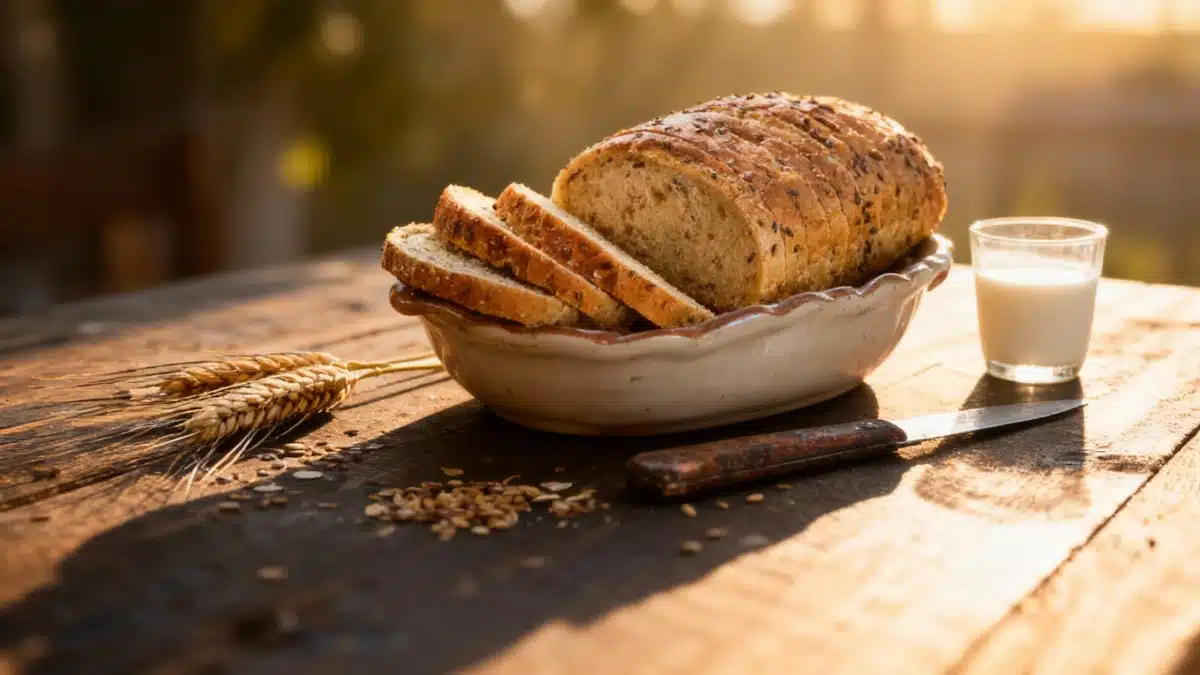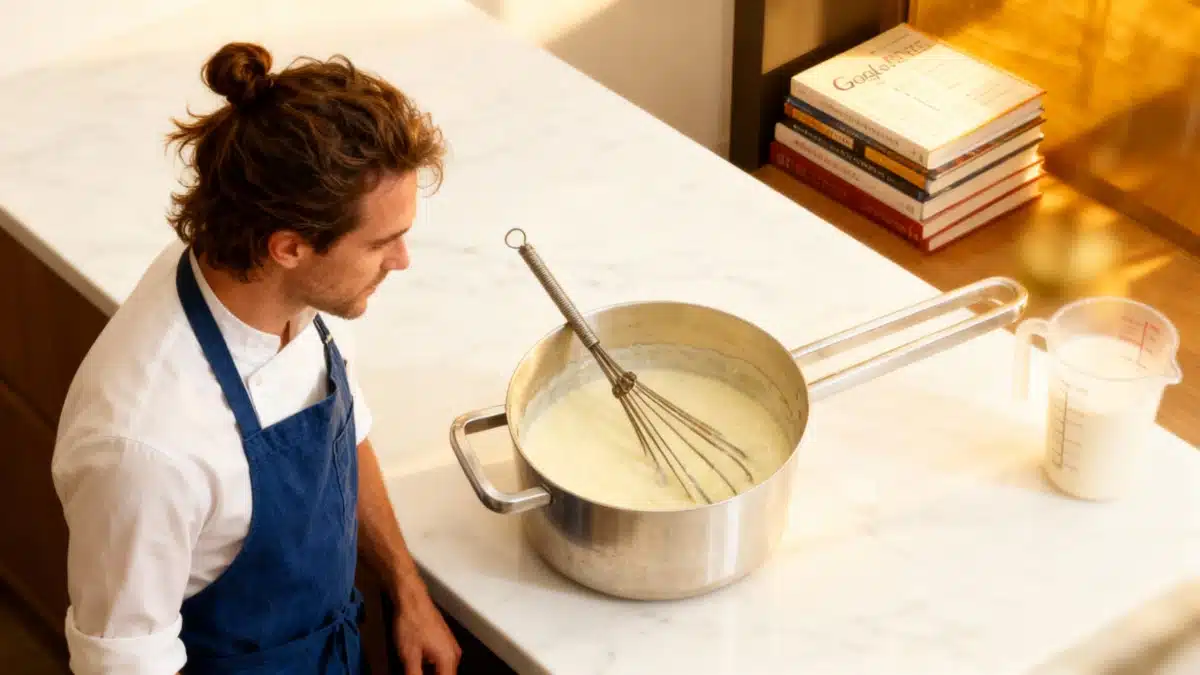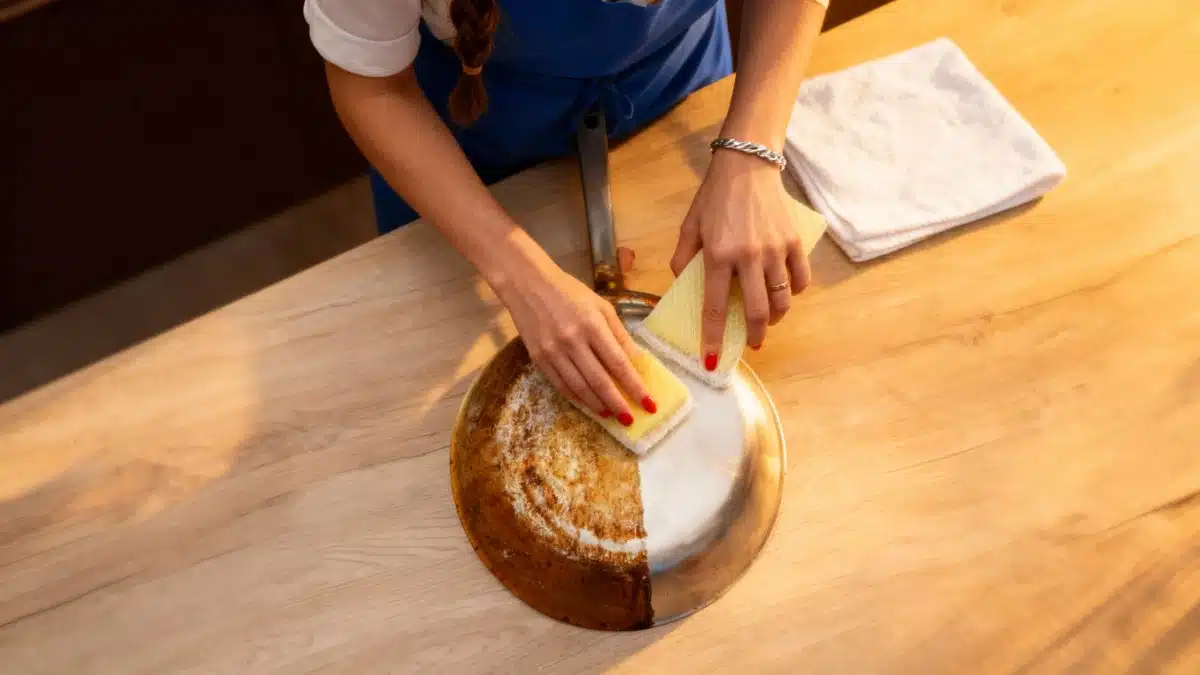Soft, practical, comforting… Sliced sandwich bread has a sneaky way of joining our breakfasts and snacks so discreetly that we almost forget to question what’s in those oh-so-tender slices. But hidden beneath that inviting exterior sometimes lie secrets far less appetizing—and your innocent morning toast may not be quite as harmless as it looks!
Seductive Slice—But At What Cost?
Sandwich bread has a lot going for it: a cloud-like softness, a shelf-life that would put some cheeses to shame, and a convenience factor that makes it every busy morning’s best friend. Honestly, what’s not to like? The answer, unfortunately, might be lurking in the ingredients list.
To achieve that irresistibly soft texture and lasting freshness, some brands don’t hesitate to pack their recipes with additives, preservatives, or even traces of pesticides. Suddenly, that lunchtime sandwich starts to lose some of its comforting glow, doesn’t it?
The Alarming Numbers Behind Your Favorite Loaf
Brace yourself: a 2025 study found that nearly 45% of tested sandwich bread references contained mycotoxins or endocrine disruptors. Now, before you glaze over at the technical jargon, here’s what that means in plain English: substances with the potential to mess with your hormonal balance over time. Not exactly the kind of treat you want to share with your kids at snack time!
If you thought only certain “naughty” treats harbored hidden dangers, think again. Out of 65 products analyzed, five brands unfortunately stood out due to particularly worrying results. The complaints? An excess of additives, the presence of pesticides, and suspiciously high levels of hidden sugars. Bon appétit? Maybe not so much.
Extra Fluffy? Extra Cautious!
A quick wink to all the marketing geniuses out there: don’t be dazzled by slogans like “extra soft” or “long-lasting freshness.” Behind those sunny promises, there can sometimes hide secrets your health would rather not get acquainted with!
- Additives that might extend shelf life, but at what cost to your well-being?
- Pesticide residues clinging to every slice—definitely not the crunchy topping you’re after.
- Hidden sugars elevating not just taste, but also the not-so-sweet potential risks.
So, the next time a package beckons with “melt-in-the-mouth” promises, remember: sometimes less is more—especially when it comes to additives and preservatives.
Baking It Better: The Homemade Alternative
If all this has gotten you eyeing your toaster with suspicion, maybe it’s time to give homemade bread a go! With just a few basic ingredients—flour, yeast, milk, and a pinch of salt—you can whip up a fragrant, golden, and perfectly soft loaf. Best of all, you know exactly what’s gone into it. No nasty surprises, no mysterious additives—just honest bread, made with love (and maybe a little flour on your nose for good measure).
Whether you’re a seasoned baker or just a kitchen enthusiast, there’s joy not only in eating, but in the very act of making something from scratch. Rediscovering the pleasure of cooking, sharing, and choosing what’s best for your table—now that’s a slice of life worth savoring.
So, next time you’re tempted by the convenience of supermarket bread, remember: it’s not just about softness or shelf life, but what you’re really bringing to the table. A little vigilance—and perhaps a dab of homemade dough—can go a long way in making sure every meal is as safe as it is satisfying.

John is a curious mind who loves to write about diverse topics. Passionate about sharing his thoughts and perspectives, he enjoys sparking conversations and encouraging discovery. For him, every subject is an invitation to discuss and learn.





